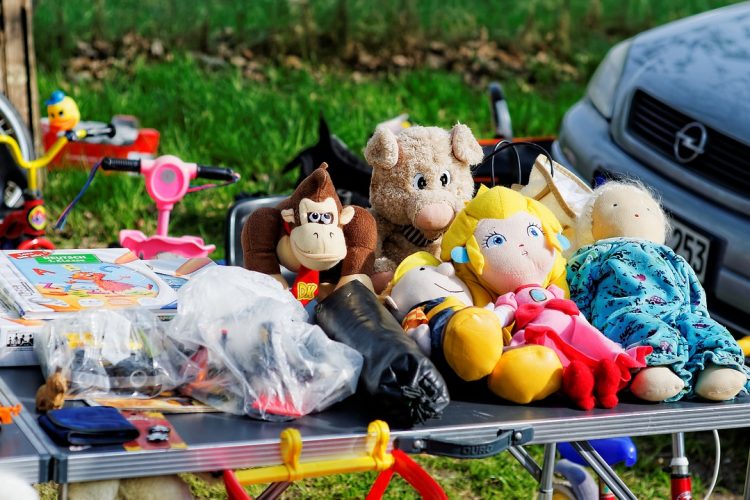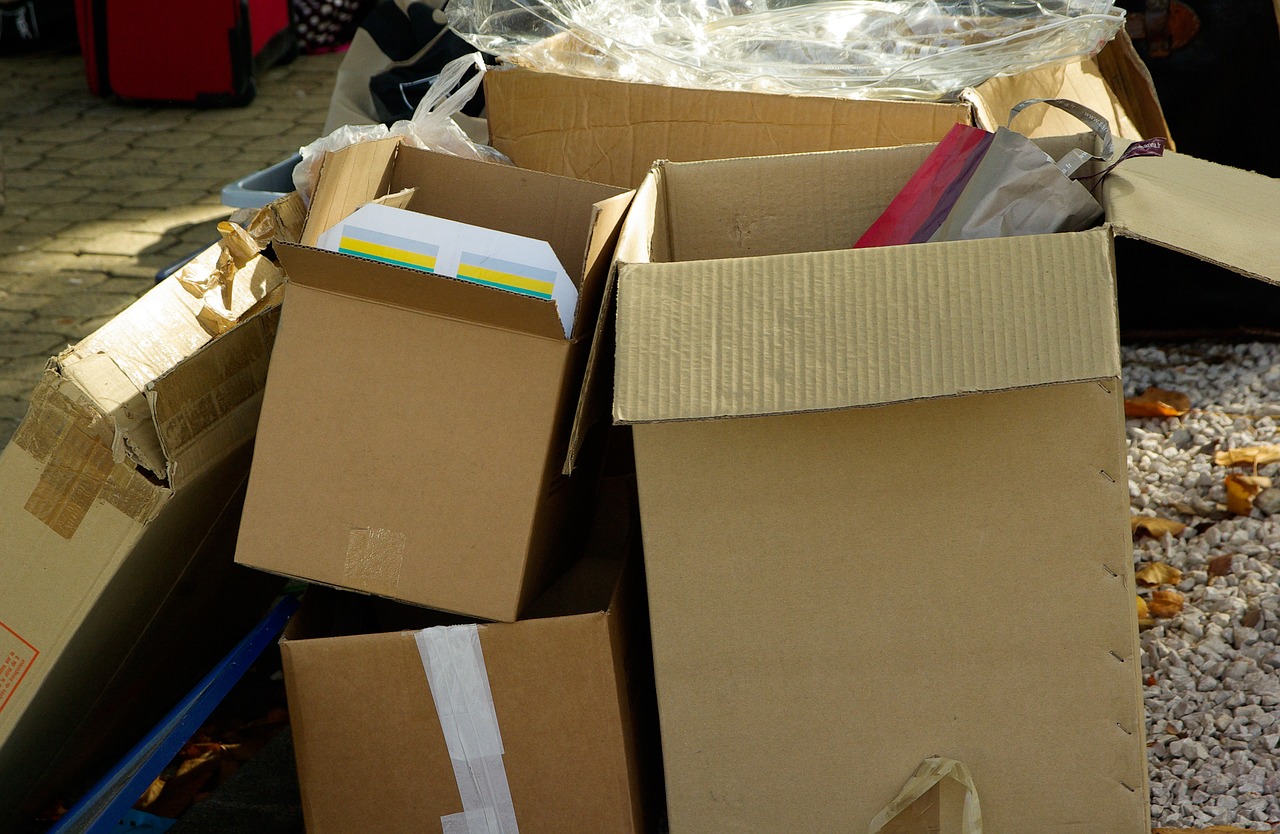Relocating and moving into a new home is always such an exciting and stressful time. There are so many details to consider, one of the biggest is avoiding damaging your treasured and valuable items, including your furniture. For many people, furniture is an investment that they can connect to precious memories. Hiring movers is an excellent way to ensure safe travels for your furniture, but even then, you must prepare for the move. Some excellent tips to avoid damaging your furniture when moving are the following:
1. Plan ahead.
Plan your move from beginning to end, including all of the small details. Consider mapping out how you will load the furniture into the moving truck, or trailer, and its placement in your new dwelling. Prepare a list of required moving supplies in the move. Decide on who will help with the move and what moving equipment is needed (moving truck, dolly, etc.); call and make reservations if necessary.
2. Gather supplies.
Gather all of the supplies you will need for the move, including bubble wrap, furniture blankets, packing tape, corrugated cardboard, ropes, and any other items that will protect and secure your furniture during the move. Having all of your moving supplies together and in one place will help keep you organized and ready when the relocation occurs.
3. Prepare the furniture.
Prepare the furniture for the move making sure it’s clean, disassembled when appropriate, and correctly wrapped and secured. Giving your furniture a good deep cleaning before the move will help cut the stress when unpacking, and it protects furniture from scratches and scrapes during the travel. Taking off drawer pulls, and other removable details is another way to keep your items safe. Things will most likely be on top of bigger furniture, so protect them with covers, blankets, etc.
4. Load with a purpose.
It will help if you load the furniture with intent and purpose following the layout mapped out in the preparation phase. It will avoid chaos and confusion with unloading, and helps ensure the safety of your furniture. Larger items should be loaded first with smaller things to follow. Very fragile or valuable items should be considered and put aside separately so that things don’t stack on top of them.
5. Unload with intent.
When unloading furniture, put it in the desired rooms and as close to the desired spot as possible; less relocating and moving items around will help with avoiding damage to furniture and walls in your new home and makes unpacking much more efficient.
Whether finding volunteers to help with the move or hiring movers, include them in the plan and share your expectations with your valuables. Having copies of where you want items placed in your new residence will be beneficial for you, the movers, and your furniture. It is essential to be present on moving day as much as possible because these items are yours and nobody understands their value as much as you do.








